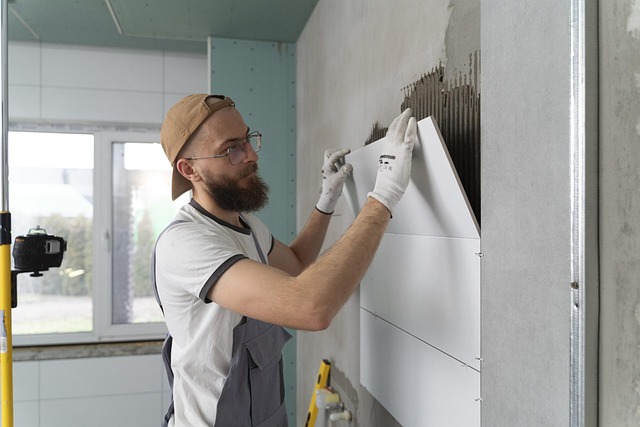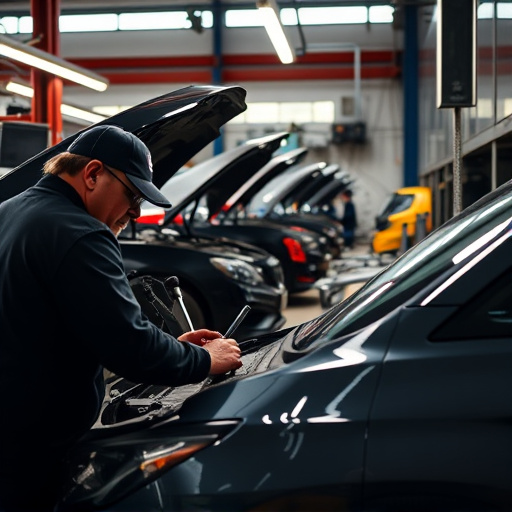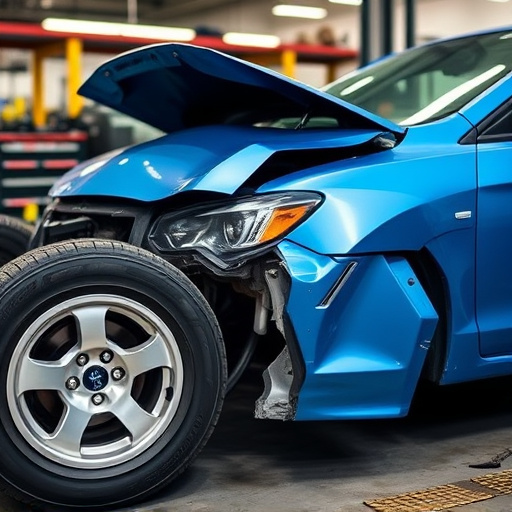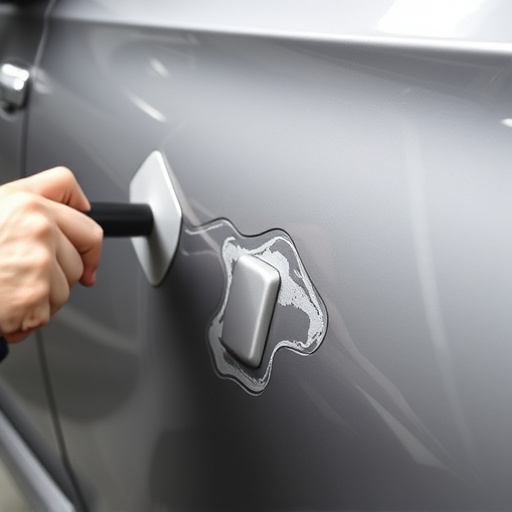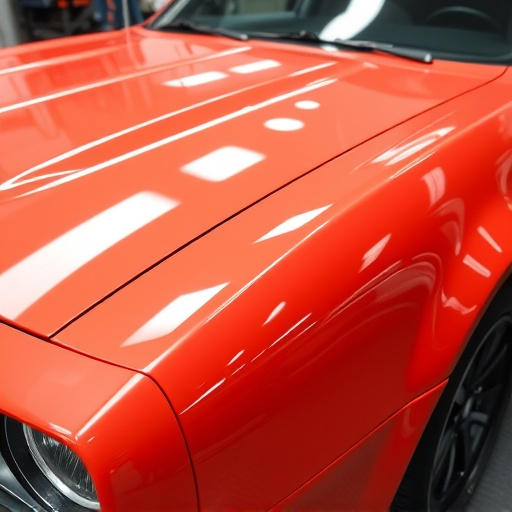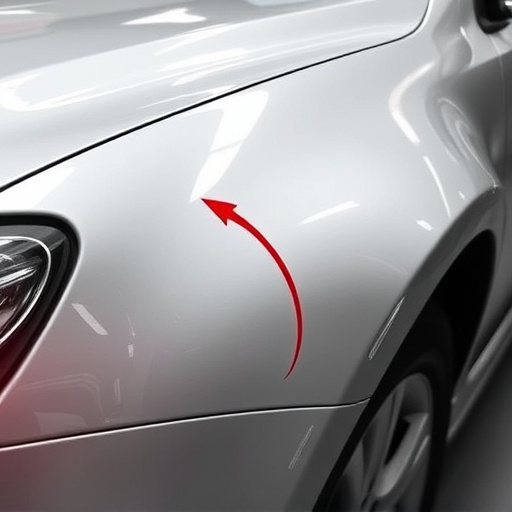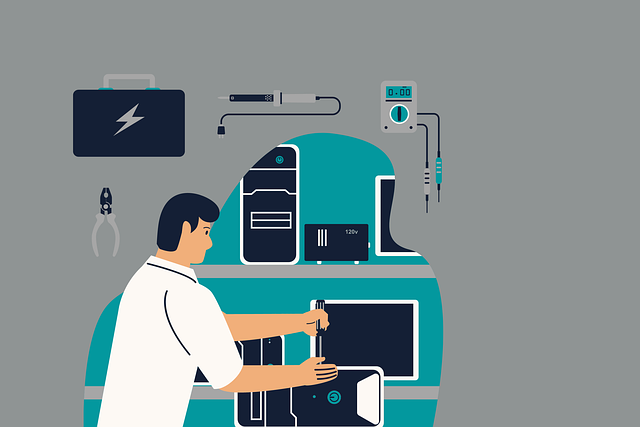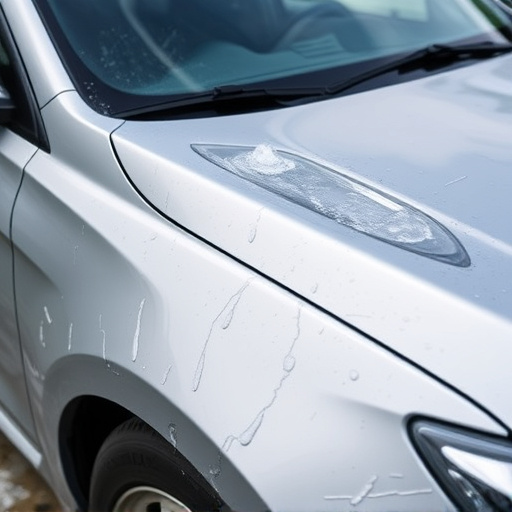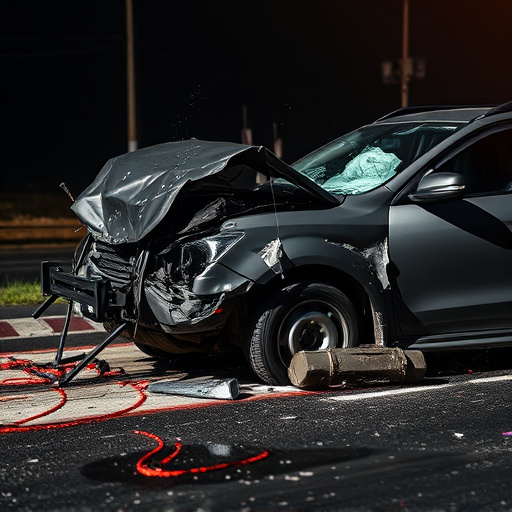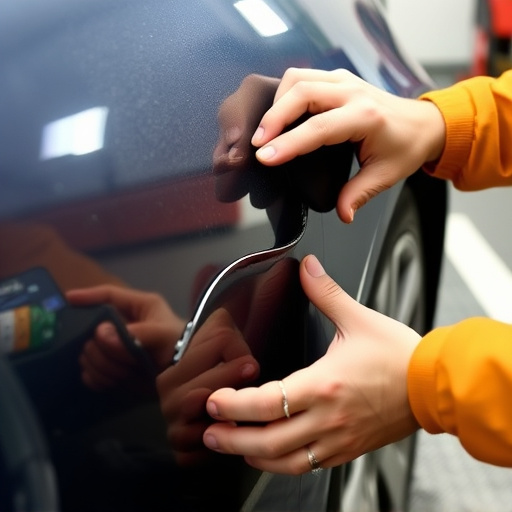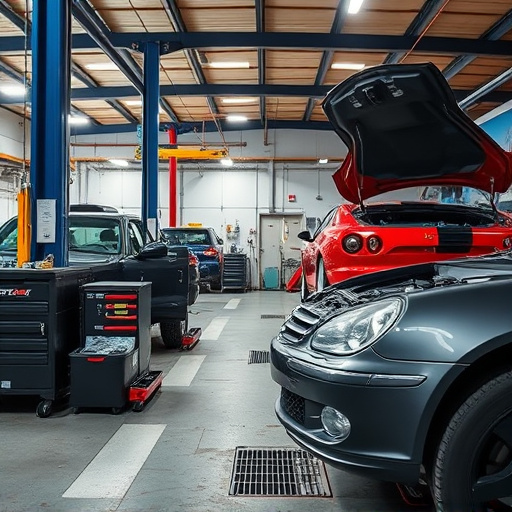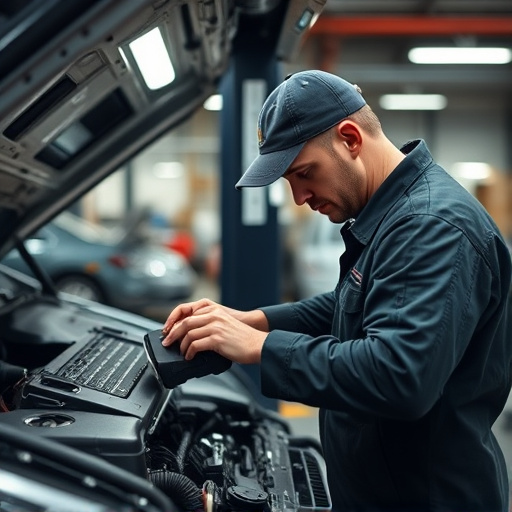Digital integration in PDR (Paintless Dent Repair) boosts efficiency and precision with advanced tools, real-time data sharing, and 3D imaging. AI and automation will further revolutionize PDR by accurately identifying damage patterns, automating repetitive tasks, and allowing technicians to focus on complex repairs.
The integration of digital technologies is revolutionizing Patient-Centered Data Request (PDR) processes, unlocking unprecedented potential for precision diagnosis. This article explores the future of digital integration within PDR techniques, focusing on advanced tools that enhance diagnostic accuracy and efficiency. We delve into emerging trends such as artificial intelligence and automation, which promise to transform the landscape of healthcare data management. Understanding these developments is crucial for healthcare professionals aiming to stay at the forefront of modern medical practices.
- Unlocking Potential: PDR's Digital Evolution
- Advanced Tools: Enhancing Precision Diagnosis
- Future Trends: AI and Automation in PDR
Unlocking Potential: PDR's Digital Evolution
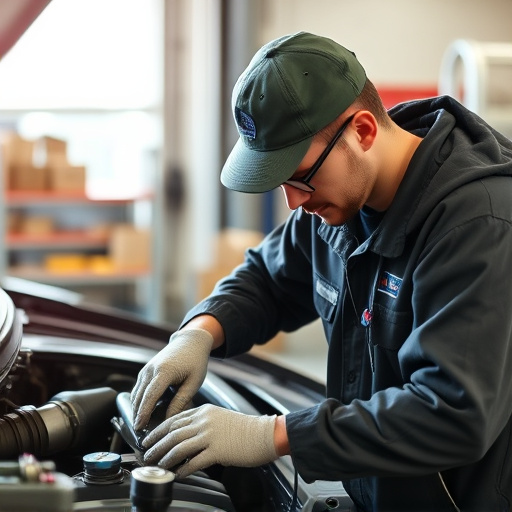
The evolution of digital integration within PDR (Paintless Dent Repair) techniques signifies a promising future for the industry. By embracing cutting-edge technology, collision repair services can unlock new levels of efficiency and precision. This digital transformation enables technicians to offer faster and more accurate dent repair solutions, elevating the overall customer experience. With advanced tools and software, car paint services can be streamlined, minimizing downtime and reducing the risk of errors.
The integration of digital systems allows for real-time data sharing, improved communication, and enhanced decision-making processes. This technological advancement not only benefits the repair shops but also empowers customers by providing transparent updates on their vehicle’s condition. As PDR continues to grow in popularity due to its cost-effective and less invasive nature, these digital solutions will play a pivotal role in shaping the future of collision repair services, ensuring faster turnaround times and higher quality standards for dent repair.
Advanced Tools: Enhancing Precision Diagnosis
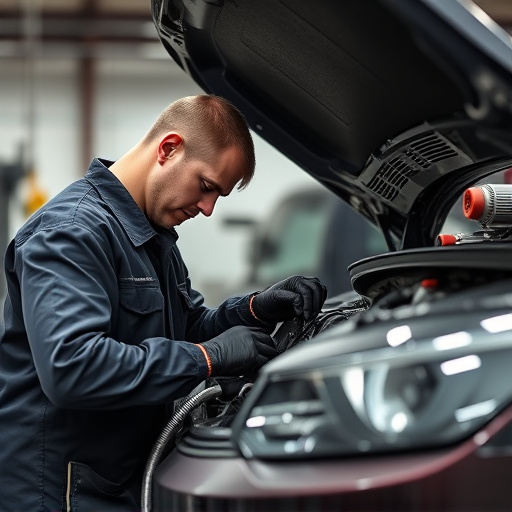
The future of PDR techniques promises to be even more precise and efficient with the advent of advanced tools powered by digital integration. These innovative solutions are transforming the way auto repair shops and automotive collision repair centers conduct their business, leading to faster frame straightening and overall improved quality control. By leveraging technology, professionals in these fields can now access real-time data, which enables them to make more accurate assessments and adjustments during the repair process.
Digital integration allows for enhanced visualization tools, such as 3D imaging and computer-aided design (CAD) software, that offer a comprehensive view of the vehicle’s structure. This level of detail ensures that every angle and potential issue is considered, resulting in meticulous frame straightening techniques. Moreover, these advanced tools streamline communication between technicians, reducing errors and promoting consistency in auto repair procedures, ultimately benefiting both the shop and its customers.
Future Trends: AI and Automation in PDR
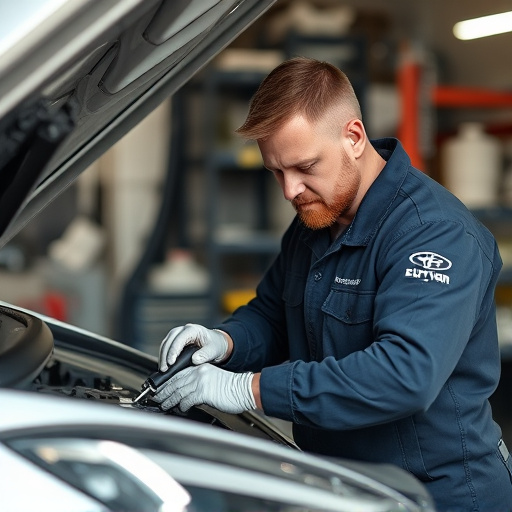
The future of PDR techniques is poised for a significant transformation with the advent of Artificial Intelligence (AI) and automation. These cutting-edge technologies are set to revolutionize the way repairs and restoration in the automotive industry are conducted, enhancing precision, efficiency, and productivity. AI algorithms can analyze complex data sets from sensors and cameras to identify damage patterns, enabling more accurate assessments and tailored repair solutions. This level of digital integration promises to streamline processes at auto collision centers, reducing turnaround times for tire services and comprehensive automotive restoration.
Automation will also play a pivotal role in minimizing manual labor, especially in repetitive tasks like panel replacement and body alignment. Robotic systems, guided by AI, can execute these tasks with remarkable dexterity and consistency, ensuring high-quality outcomes. As the integration of AI and automation becomes more widespread, PDR technicians will be freed up to focus on intricate repairs, complex damage cases, and specialized automotive restoration projects that require a human touch.
The future of PDR techniques lies in embracing digital integration, as seen through advanced tools and emerging trends like AI and automation. By harnessing these innovations, professionals can achieve unprecedented precision and efficiency in diagnosis and repair. As technology continues to evolve, staying at the forefront of this digital revolution will be key to unlocking the full potential of PDR, ensuring a bright and technologically advanced future for the industry.

